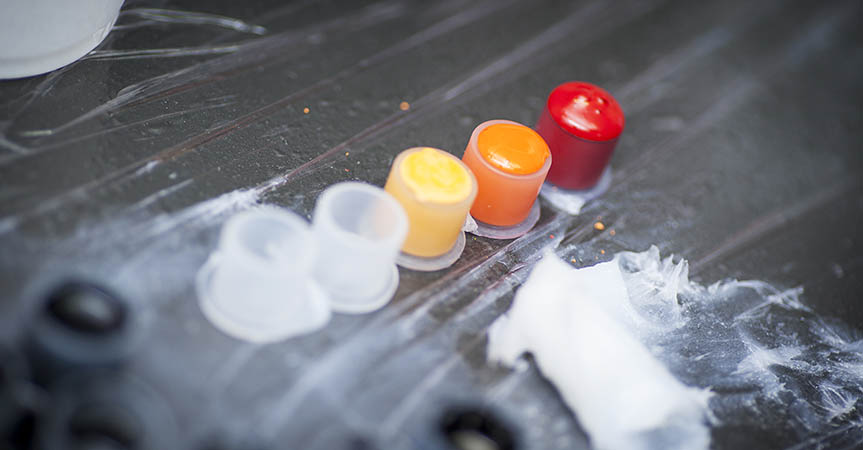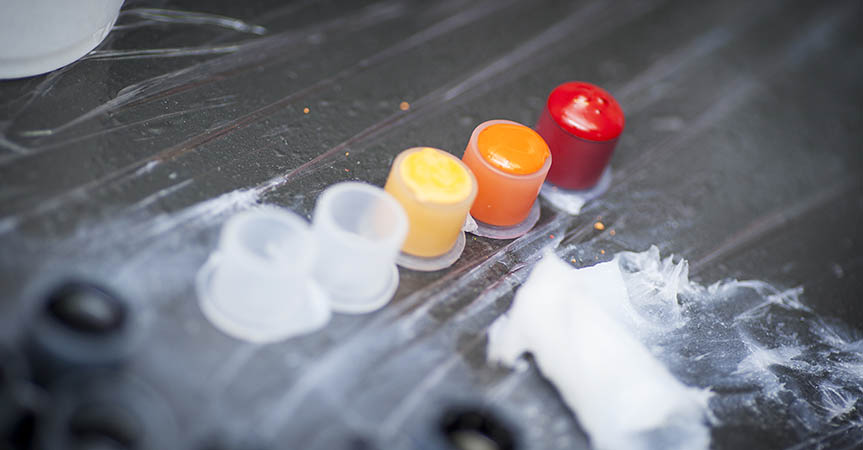REACH Directive

5 October 2021
On 14 December 2020, the European Commission published Regulation 2020/2081, which determines the composition and labelling of tattoo and PMU inks.
This regulation will enter into force on 4 January 2022 in the entire European Union.
There are different requirements for inks that will be used for tattooing from this date onwards:
- A list of the information that must appear on the label in the language of the area where the ink is to be used
- A list of threshold levels of heavy metals, aromatic amines and other pollutants
- A list of 44 pigments that may no longer be used
- Tattoo inks must not contain substances that are not allowed in cosmetics (Regulation 1223/2009)
- Tattoo inks must not contain substances which are indicated in the CLP database (Regulation 1272/2008) as:
- Carcinogenic (Cat. 1A, 1B or 2) or mutagenic (Cat. 1A, 1B or 2)
- Reprotoxic (Cat. 1A, 1B or 2)
- Skin allergenic (Cat. 1, 1A or 1B)
- Skin corrosive (Cat. 1, 1A, 1B or 1C)
- Skin irritant (Cat. 2)
- Injurious to eyes (Cat. 1) or irritating to eyes (Cat. 2)
This means that some ingredients which are currently in common use, such as Isopropanol (Isopropyl alcohol) will also be banned from 4 January 2022.
Nearly all inks currently on the market contain Isopropyl alcohol. This ingredient ensures that the viscosity of the ink can be reduced and prevents foaming.
However, this alcohol is also very irritating to the eyes.
The impact of this regulation is therefore much broader than just pigments, and the entire composition of the inks will have to be reworked.
Inks which meet the composition requirements of this new legislation will be marked with 'REACH OK' in our webshop.
All other inks can no longer be used as tattoo or PMU inks after January 4, 2022.


 Nederlands
Nederlands  Français
Français  Deutsch
Deutsch 
